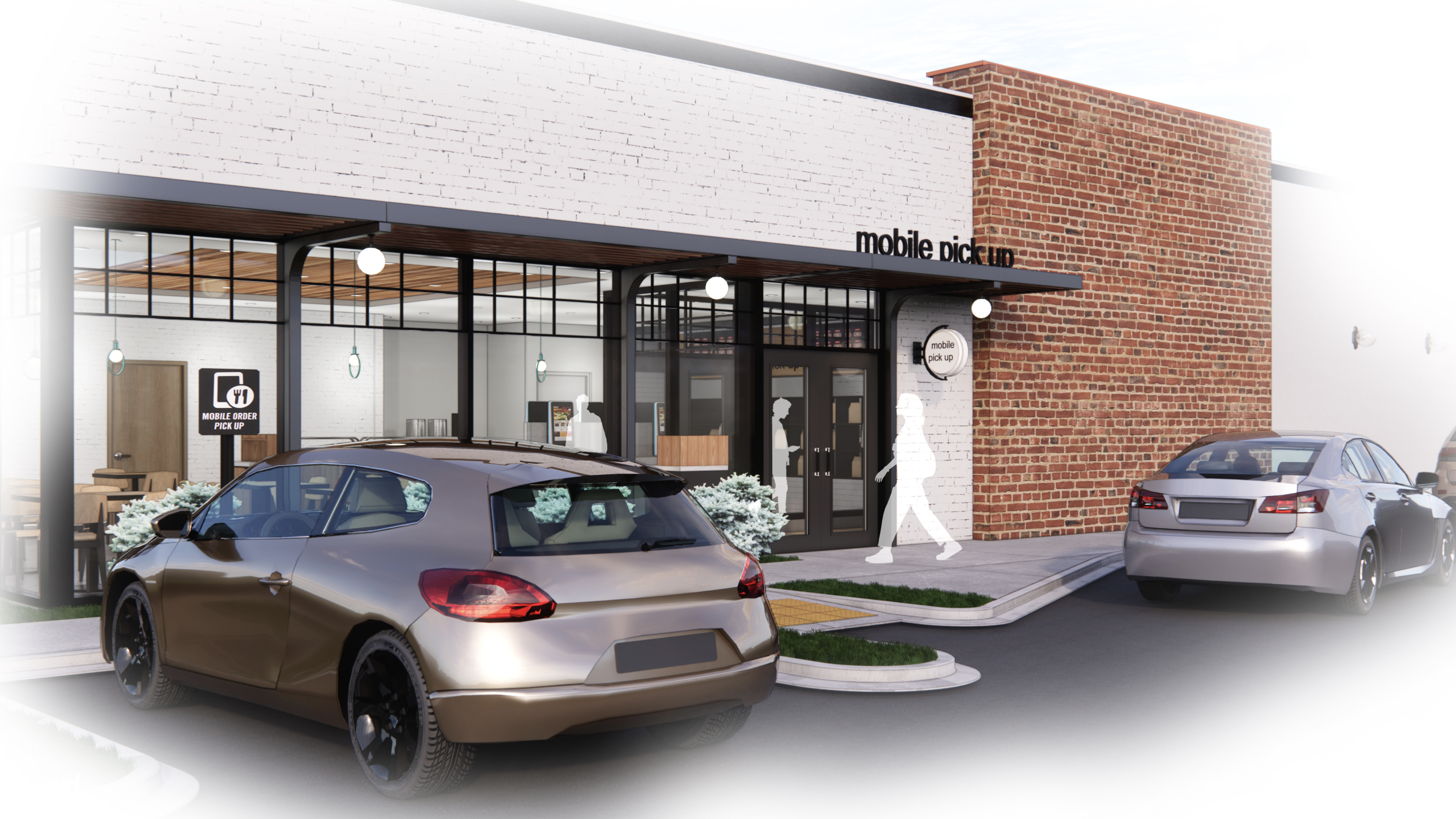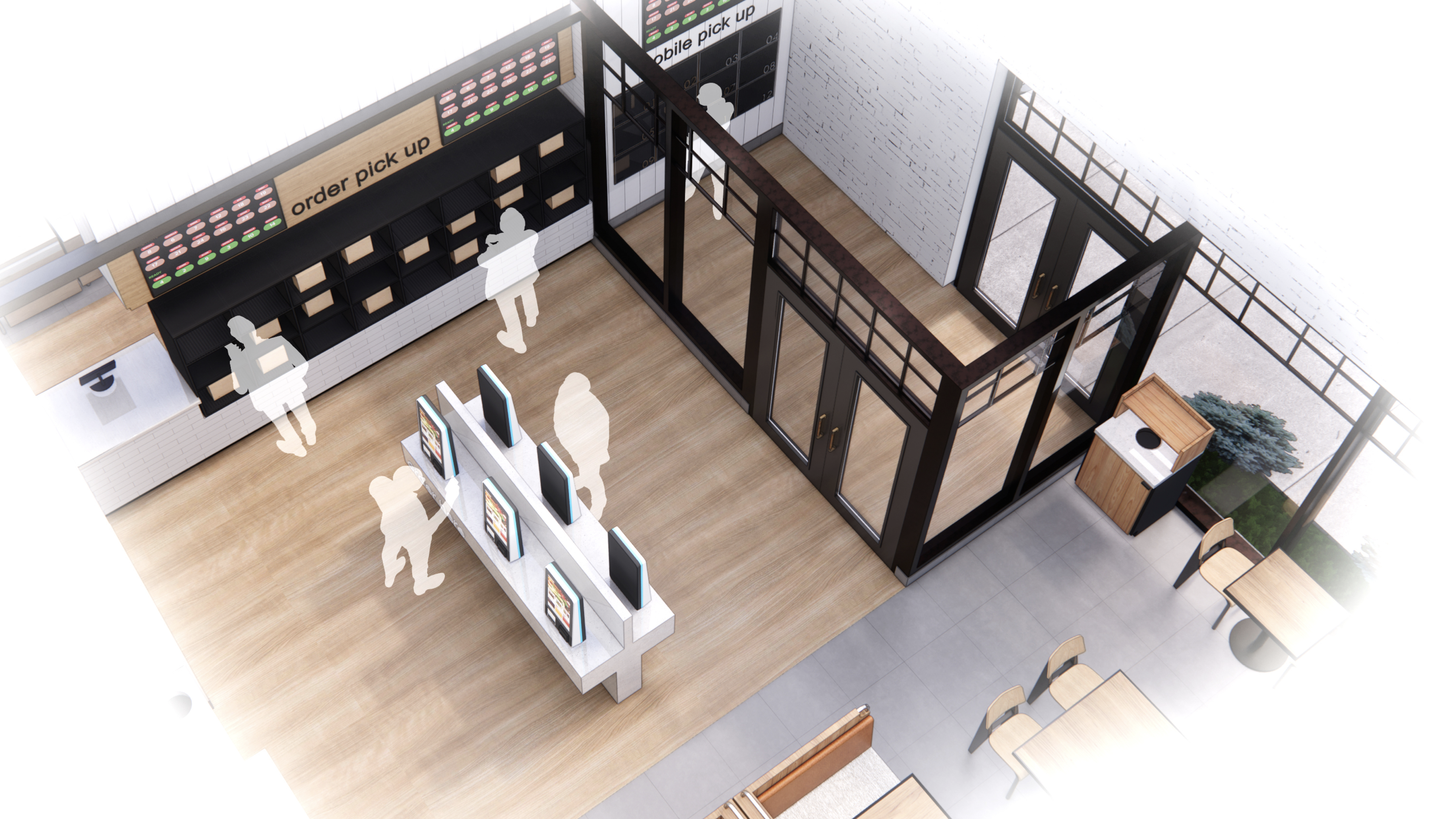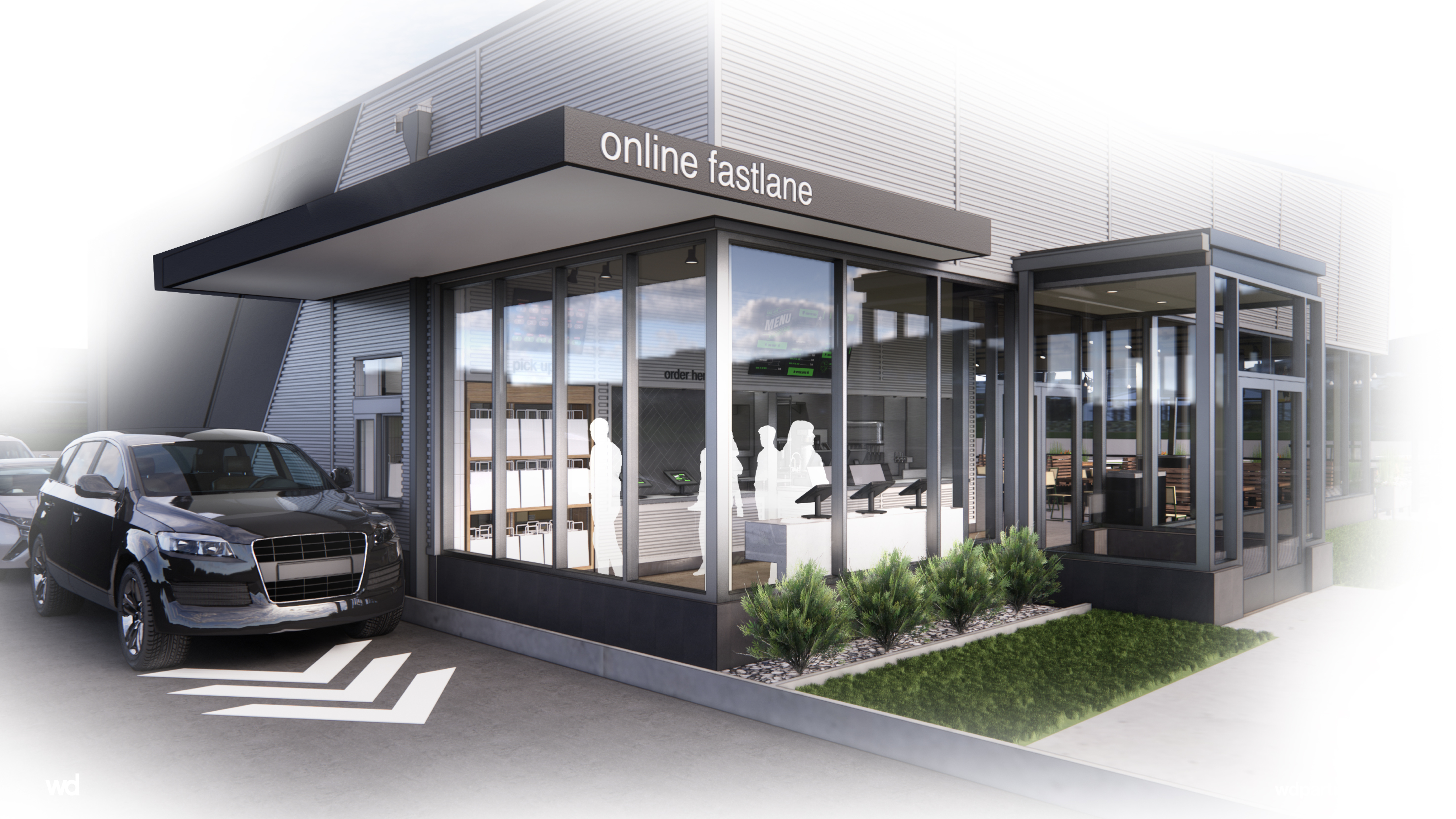It's no secret that digital ordering habits have increased significantly in recent years. Most restaurant chains have accepted this reality and are adjusting strategy to keep up with the customer.
But what exactly does today's customer want? How do they want to interact with restaurants when ordering via digital channels?
That's what WD Partners set out to discover with a recent study. The consulting firm polled 1,500 people about to-go food. Responses from the gender-balanced group of mostly $50,000-or-less earners confirmed something that WD Partners had hypothesized: restauranteurs, who have been in reactionary mode, need to reimagine their spaces to elevate the entire to-go experience.
SVP of Operations and Strategy, Joanne Heyob, said the firm estimates that 40 percent of business at QSR, fast-casual, and casual dining concepts will come from apps in 2023. Almost overnight, the public cares less about where they eat and more about avoiding hassle.
Therefore, it’s time for restaurateurs to step up their game and ask the right questions to best accommodate the ways that diners want to chow down. “Who do we prioritize?” Heyob asked of the audience at RestaurantSpaces Fall in Santa Barbara. “The person standing in front of me or the consumer who is here to pick something up?”
Off-Premises Dining is a Lifestyle
While Heyob empathizes with restaurateurs who had to adapt to carry-out at rocket speed, she also is realistic: “off-premises dining is now a lifestyle,” she said, affirming that restaurants need to be spatially conducive to carry-out. Chains can achieve this, Heyob explained, by listening carefully to customer feedback and incorporating it into their designs.
In the WD Partners study, consumers were polled on everything from dark stores to whether or not they cared for dining rooms. From there, the team came up with definitive markers to ascertain how seriously chains should consider a given initiative: 40 percent affirmative from study participants indicates chains should test out a concept, 50 percent means it should already be in the pilot phase, while 60 percent spelled out that chains not already pursuing the idea were unfortunately behind the game.
If restaurants want customer loyalty, Heyob explained, they have to take into account what matters most to a population that wants to get from the counter to the car in seconds. “You need to stay close to the consumer, get out of your own four walls, and really engage with them,” she said.
Failing Fast to Win
Now that off-premises dining has become the status quo for 54 percent of adults; 72 percent of millennials and 66 percent of Gen-Z, WD Partners believes it should be intrinsic to a restaurant’s design.
But as Heyob explained, making this happen requires intentionality… Which isn’t easy. The last few years have been about survival for the restaurant industry in the midst of staffing shortages and rising operational costs. On top of keeping expenses down, training staff on additions like kiosks, mobile ordering, or the launch of a third-party delivery agent can be a lot. Putting a plan into place is more critical than ever. Restaurateurs need to stop making spontaneous decisions and be more methodical when it comes to their layouts.
“Grab a new idea if one doesn’t play out,” Heyob encourages her audience as they go through this adaptation process. She believes in failing fast, as opposed to avoiding risk. Her belief is that the tens of thousands of existing stores should assess their problems, try out a solution, and keep swapping it out until one works. Trial and error is par for the course.
Elevating the Off-Premises Experience
WD Partners came up with multiple concept ideas across all segments for restaurants to experiment with as they hone better off-premises experiences:
QSR
To address a problem they observed at many QSR restaurants, WD’s design team swam towards simplicity. Finding one’s way from the parking lot to a pick-up order could oftentimes feel like going against the current.
For example, at many current restaurants, the curbside pickup parking area is typically beside a high-traffic drive-thru lane, which is confusing and dangerous. On the inside, it’s not much better, with customers guessing if their orders were on the counter or on a shelf. The entire set-up slowed the customer down, caused frustration, and prohibited them from receiving food in a timely fashion.
A possible alternative is to be straightforward from start to finish with an intuitive wayfinding system that begins with signs on parking stalls and entrances. Once it’s obvious to the customer where the mobile pickup area is, they can snag their food from a locker without having to interact with another human being.
 WD Partners concept with clearer wayfinding designed to improve flow
WD Partners concept with clearer wayfinding designed to improve flow
Inside that same vestibule, customers would also be able to order from kiosks, enabling self-sufficiency. Boards that state each person’s pick-up time can personalize the process and make it less anxiety-provoking, as customers wouldn’t have to wonder when their food will be ready. However, should the customer want human interaction, employees are there to engage. Freed from arbitrary tasks like ordering, staff could provide better service.
“They can deploy their efforts from something that can be automated to thinking of creative ways to make a difference for the brand,” Heyob explained.
 WD Partners rendering with lockers for mobile-order-ahead customers
WD Partners rendering with lockers for mobile-order-ahead customers
Fast-Casual
When it came to fast-casual restaurants, 80 percent of those polled affirmed that off-premises is a must.
Yet, eating at fast-casuals is still popular because of the reasonably priced opportunity to commune. Particularly after the pandemic, people are enjoying dining in person with one another. To that point, WD Partners prioritized dining in and out in their redesign. They also provided transparency in the process, making it easy to see the carry-out area from the outside.
As Heyob explained, “By adding in a section of the restaurant devoted to online ‘Fastlane’ service, we are giving customers a choice about how they want to dine.” To make it easy for customers to get in and out, kiosks, lockers, and leaderboards can be seen directly from the parking lot.
 WD Partners rendering of a "Fastlane" for fast-casual restaurants
WD Partners rendering of a "Fastlane" for fast-casual restaurants
But just as important as speed-of-service is order accuracy, which is why this back-of-house design was invented with an automated quality check at the forefront. Giving employees a designated space to triple-check that an order is correct, and making it visible, Heyob said, is an easy way to earn customer loyalty.
Casual Dining
Adding to-go in a casual dining environment may seem risky to some chains, but the reality is, Heyob explained, it’s necessary. Further, she mentioned “a lot of the time” when casual dining adopts pickup, “it’s all over the place. You pick up at the bar, you pick up at a table, or shelving, it’s not super intuitive.”
Blowing out a single window is how WD suggests making space for a designated pick-up area in a casual dining establishment. With that removed, there is plenty of room for lockers where food is picked up using a QR code and even delivery bots to ensure speedier service. Most importantly, technology drives convenience in this potential concept. Making use of geofencing tech enables customers to receive their food on time and at the perfect temperature. For those who choose to dine in, the option is readily available.
.png?width=4096&height=2304&name=image%20(2).png) WD Partners rendering of delivery bots in action at a potential casual dining establishment
WD Partners rendering of delivery bots in action at a potential casual dining establishment
And ultimately, Heyob concluded, this is the point — no matter what segment, chains must do what they can to enable customers to choose how they want to interact with the brand. In urging chains to take action, Heyob left the RestaurantSpaces audience with a quote from author, Carrie Wilkerson: “The biggest risk is not taking any risk. The longer you’re not taking action, the more money you are losing.”

Posted by
Chain Restaurants Reimagined.
The Retreat to Reimagine Restaurant Development, Design + Technology.
April 12-14, 2026 | Miami, FL





-3.png)

-3.png)
-4.png)
-3.png)

Comments